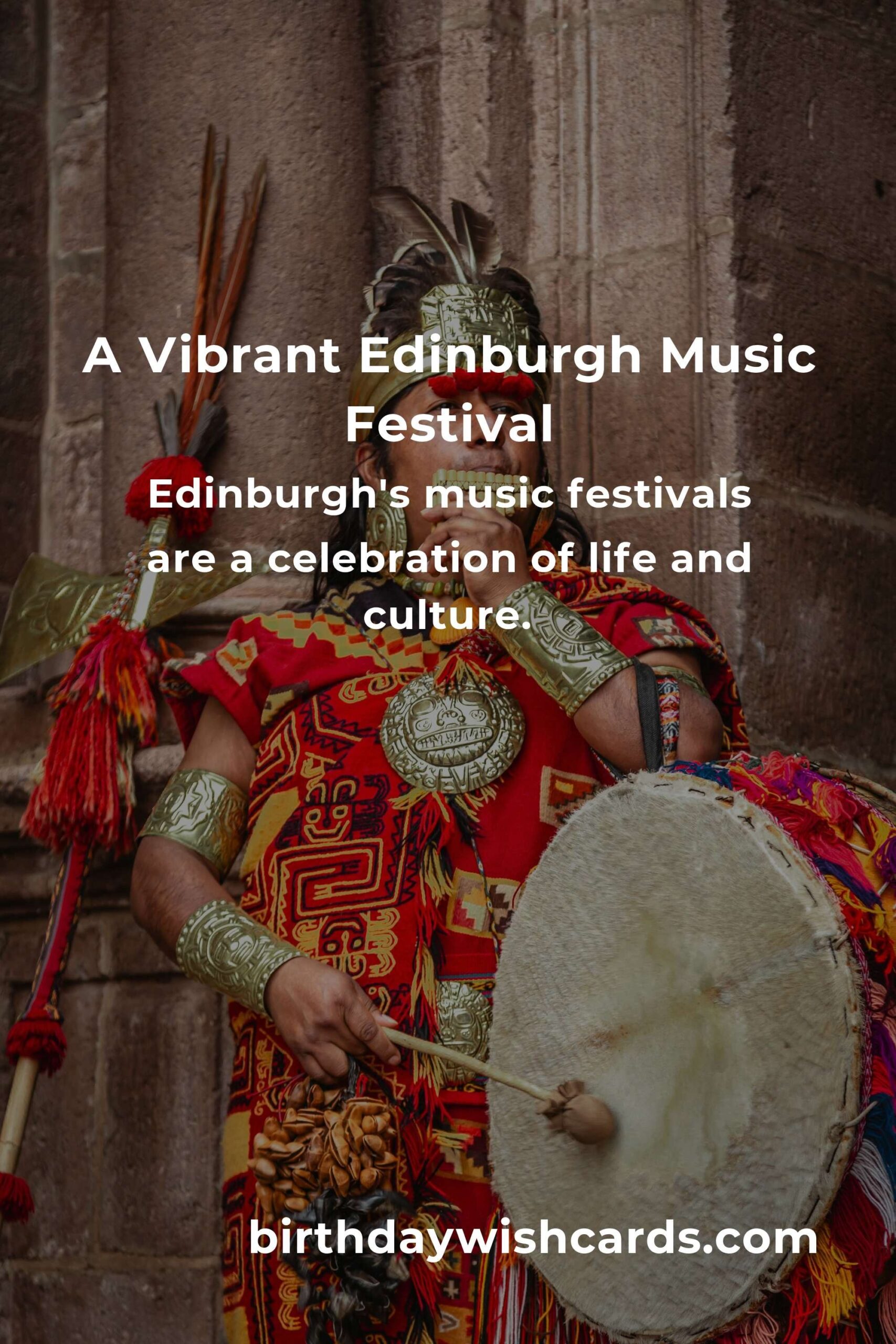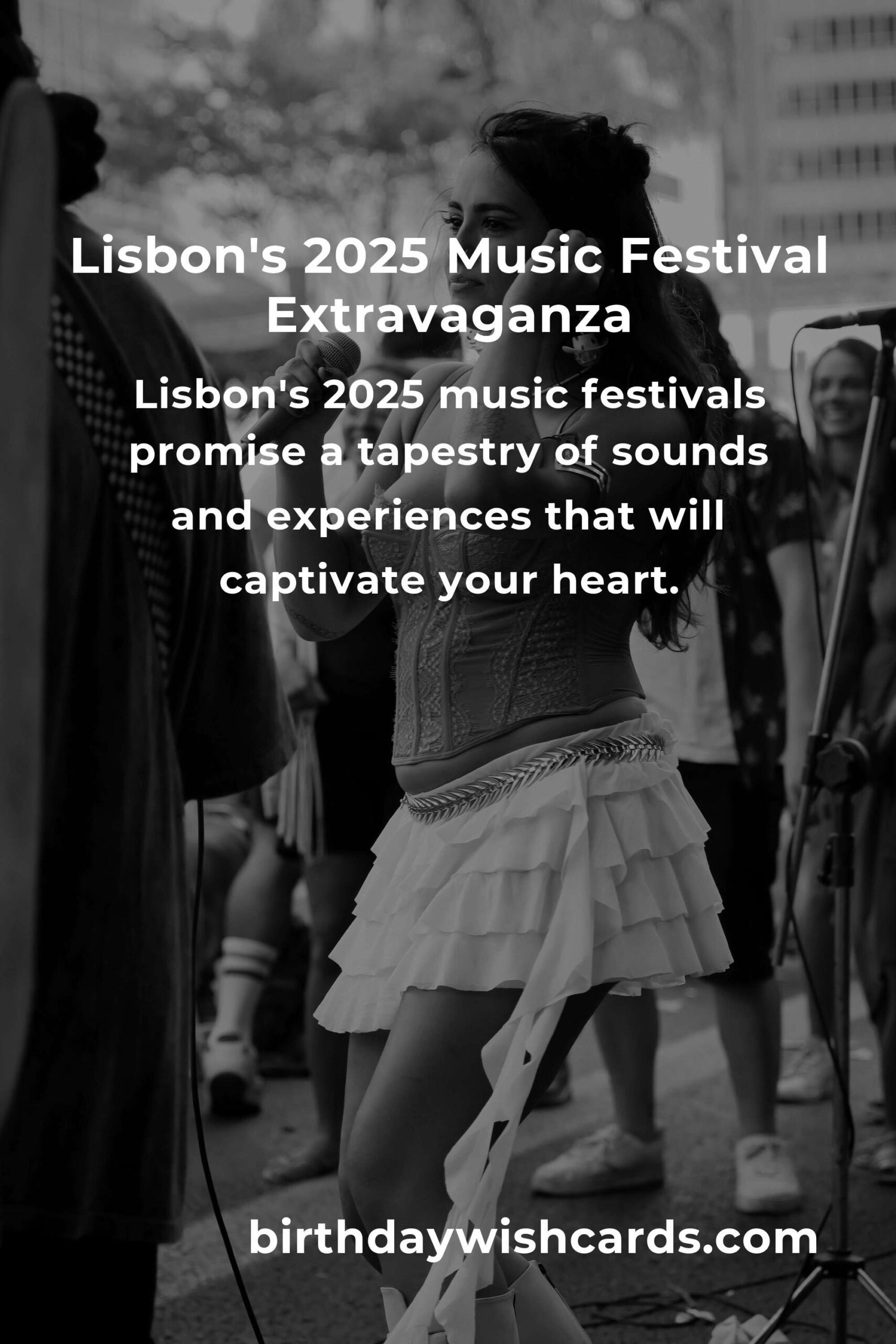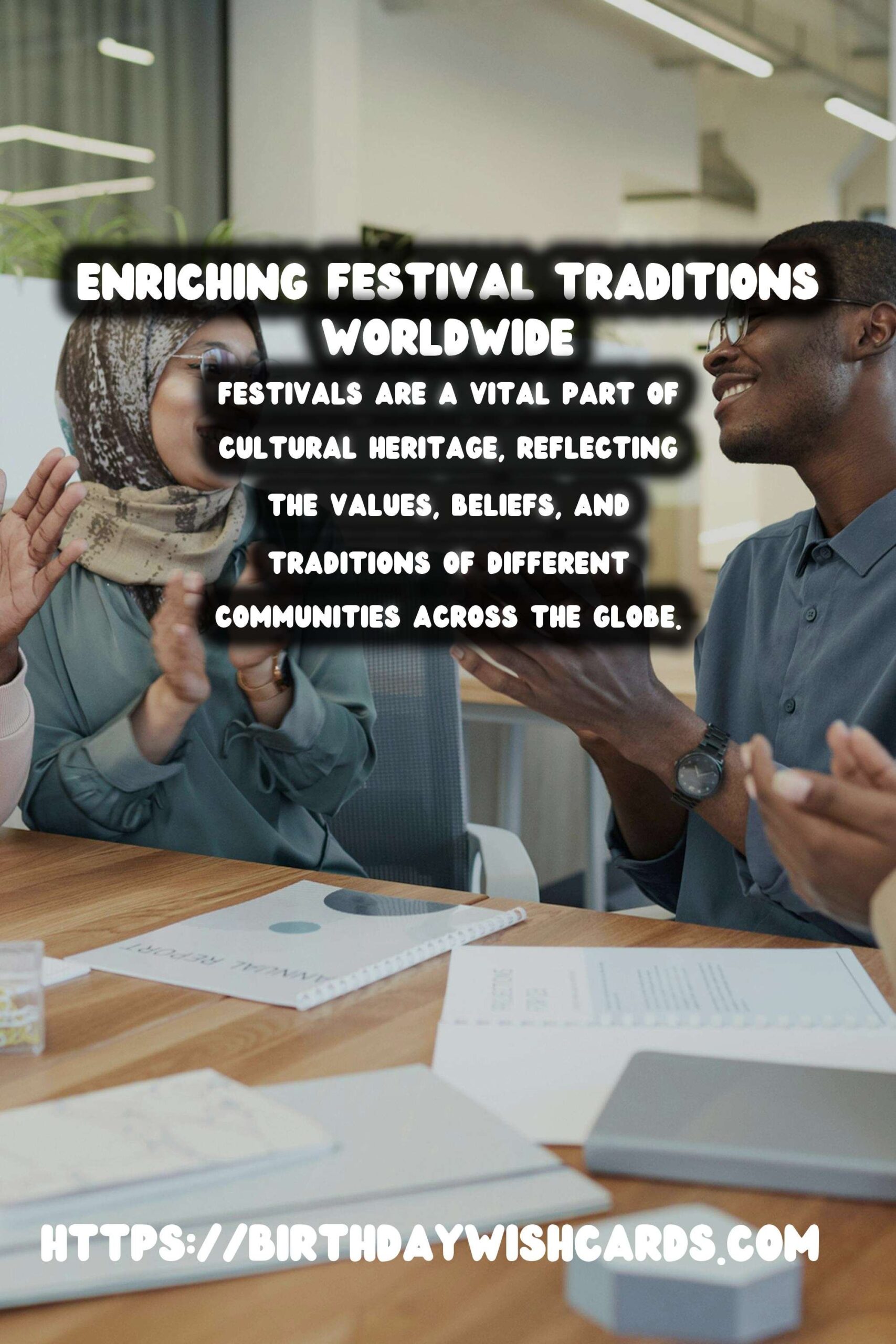
Festivals are a vital part of cultural heritage, reflecting the values, beliefs, and traditions of different communities across the globe. They bring people together, unite families, and build connections across cultures. In this article, we will explore various enriching festival traditions that share vibrant colors, rhythmic sounds, and captivating stories.
The Importance of Festivals
Festivals play a crucial role in society. They serve various purposes: celebrating seasonal changes, honoring historical events, or showcasing religious beliefs. Festivals offer a chance to revive ancient traditions, sustain community bonds, and educate future generations about cultural values.
Diwali: The Festival of Lights
Diwali, celebrated primarily in India, is known as the Festival of Lights. This five-day celebration symbolizes the victory of light over darkness and good over evil. Homes are adorned with earthen lamps, known as diyas, and vibrant rangoli designs.
During Diwali, families come together to perform rituals, share sweets, and burst firecrackers. The festival brings a sense of joy and prosperity, allowing people to reflect on their successes and express gratitude.
Oktoberfest: A Celebration of Beer
Originating in Munich, Germany, Oktoberfest is the world’s largest beer festival, attracting millions of visitors each year. This 16- to 18-day event usually runs from late September to the first weekend in October.
Visitors enjoy traditional German foods, folk music, and spectacular parades. The highlight is undoubtedly the vast array of local beers served in gigantic steins, promoting community spirit and celebration.
Hanami: The Cherry Blossom Festival
In Japan, hanami, or cherry blossom viewing, celebrates the arrival of spring. Communities gather under blooming sakura trees, enjoying picnics and appreciating the ephemeral beauty of the blossoms. This tradition emphasizes the importance of nature and interconnectedness within society.
Hanami encourages mindfulness, as people reflect on the transient nature of life, a core concept in Japanese culture. The sights and sounds of hanami resonate with peace and joy.
Carnival: A Festival of Color and Parades
Carnival celebrations vary widely across regions, but they all share a common theme of exuberance and revelry. Notable celebrations in Rio de Janeiro, Brazil, and Venice, Italy, are famous for their vibrant parades filled with music, dance, and elaborate costumes.
This festival marks a time of indulgence and joy before the period of Lent in Christian traditions. Carnival fosters community participation and allows for creative expression through dance and artistry.
Chinese New Year: A Time for Family and Renewal
Chinese New Year, also known as Lunar New Year, is celebrated by millions around the world. This festival signifies renewal, family reunions, and traditions that date back thousands of years. Each year is associated with one of the 12 animals of the zodiac, influencing the year’s mood and characteristics.
The celebrations include family dinners, dragon and lion dances, fireworks, and the giving of red envelopes filled with money for good luck. The importance of family and tradition is woven throughout the festivities.
Holi: The Festival of Colors
Holi, celebrated primarily in India, marks the arrival of spring and celebrates love and the triumph of good over evil. Participants joyfully throw colored powders and water at each other, creating a vibrant and festive atmosphere.
This color-filled celebration emphasizes community bonding, forgiveness, and the joy of life. People visit friends and family, sharing sweets and laughter during this beautiful festival.
The Carnival of Venice: A Rich Tradition
Intimately woven with history and culture, the Carnival of Venice is famous for its elaborate masks and stunning costumes. Dates back to the 12th century, this festival is characterized by a blend of theater, art, and performance.
Participants don ornate masks, symbolizing freedom and equality, allowing for uninhibited celebrations. Street performances and traditional dances elevate the festival, drawing visitors from around the globe to experience its magnificence.
Conclusion: Festivals as a Unifying Force
Across different cultures, festivals enrich our lives by allowing us to connect with our heritage and with each other. By participating in these traditions, we celebrate the diversity of the world while highlighting the shared joys of humanity.
Whether through lights, colors, or communal gatherings, festivals remind us of the beauty of life and the power of togetherness.
Festivals are a vital part of cultural heritage, reflecting the values, beliefs, and traditions of different communities across the globe. Diwali, celebrated primarily in India, is known as the Festival of Lights. 
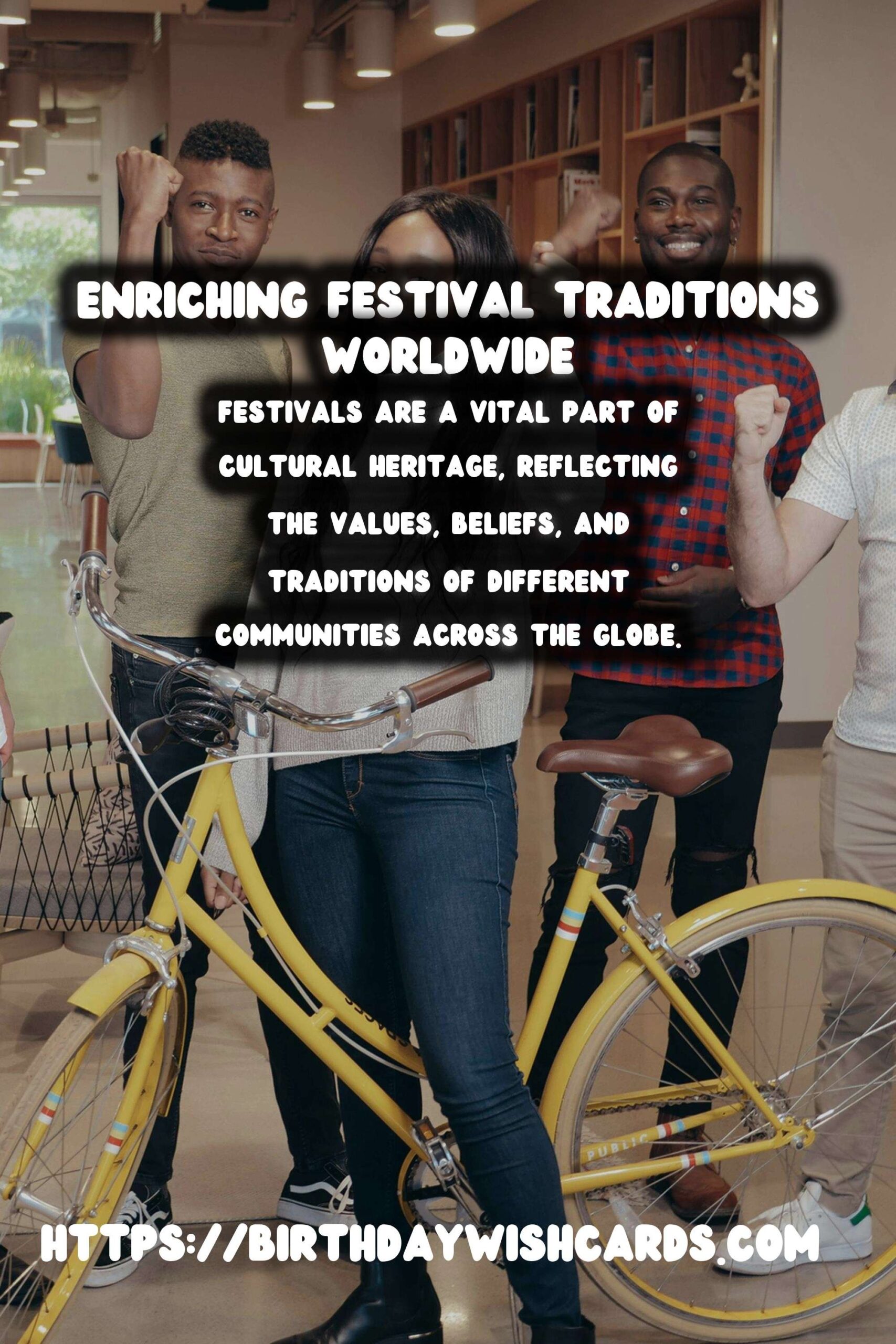
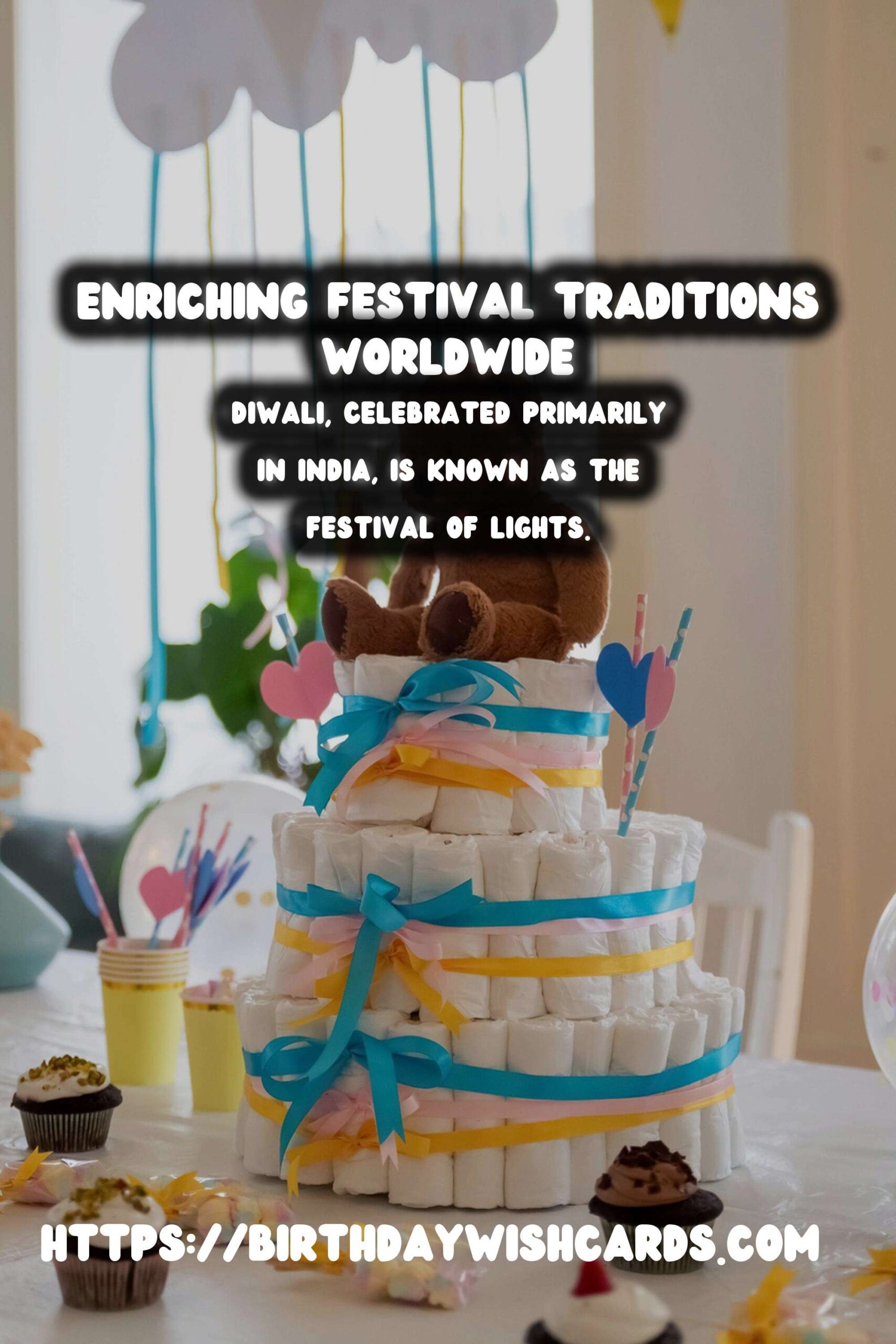
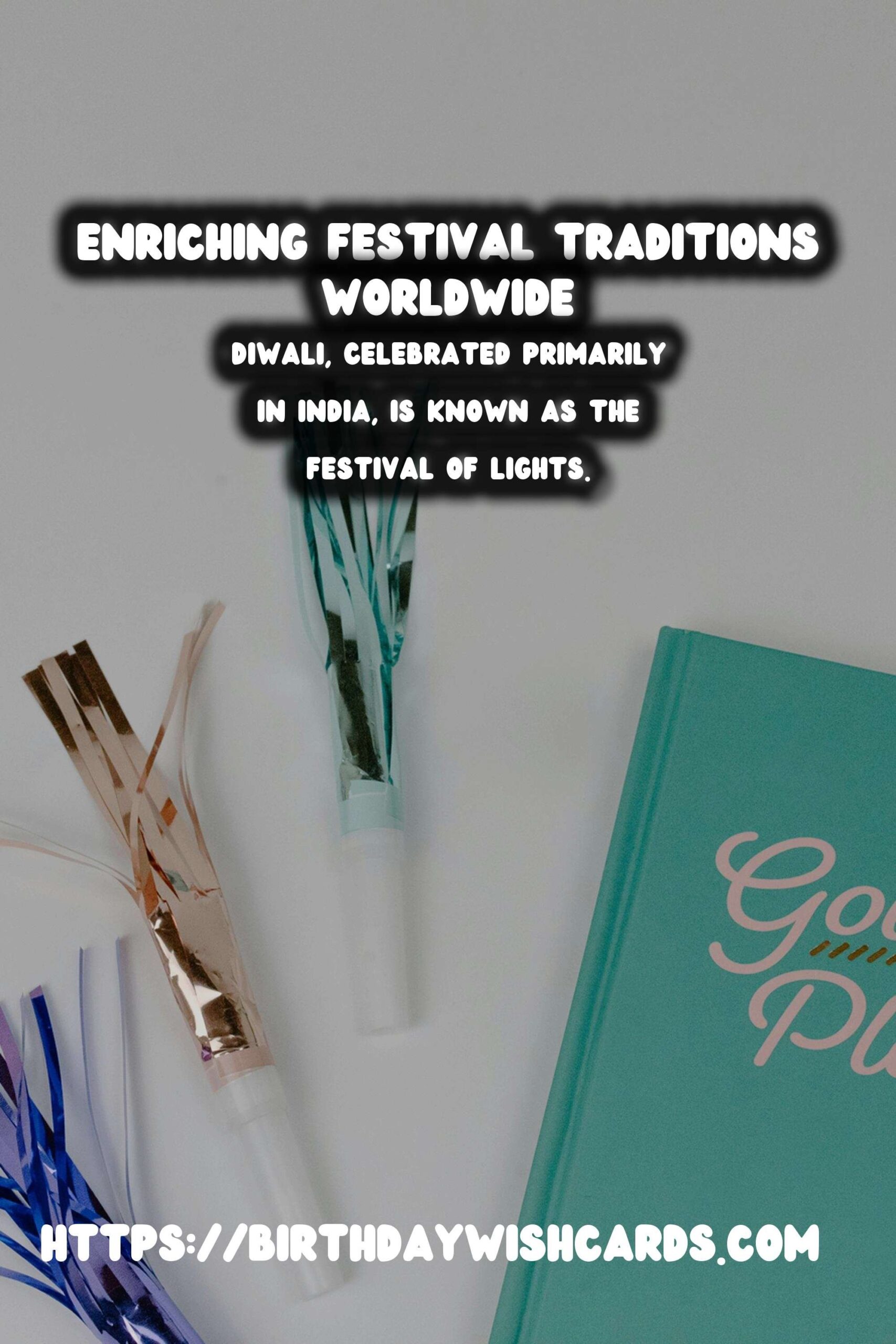
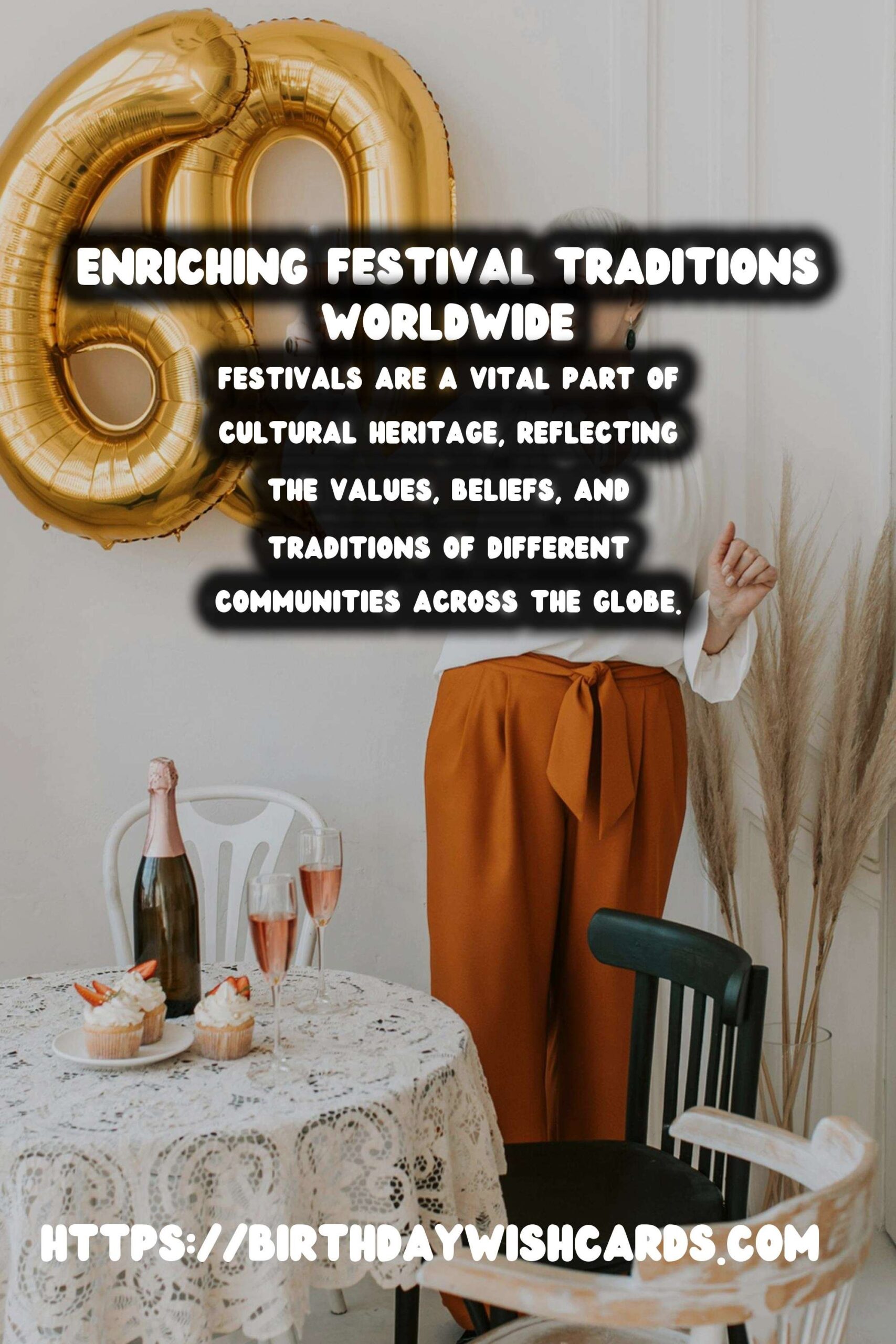
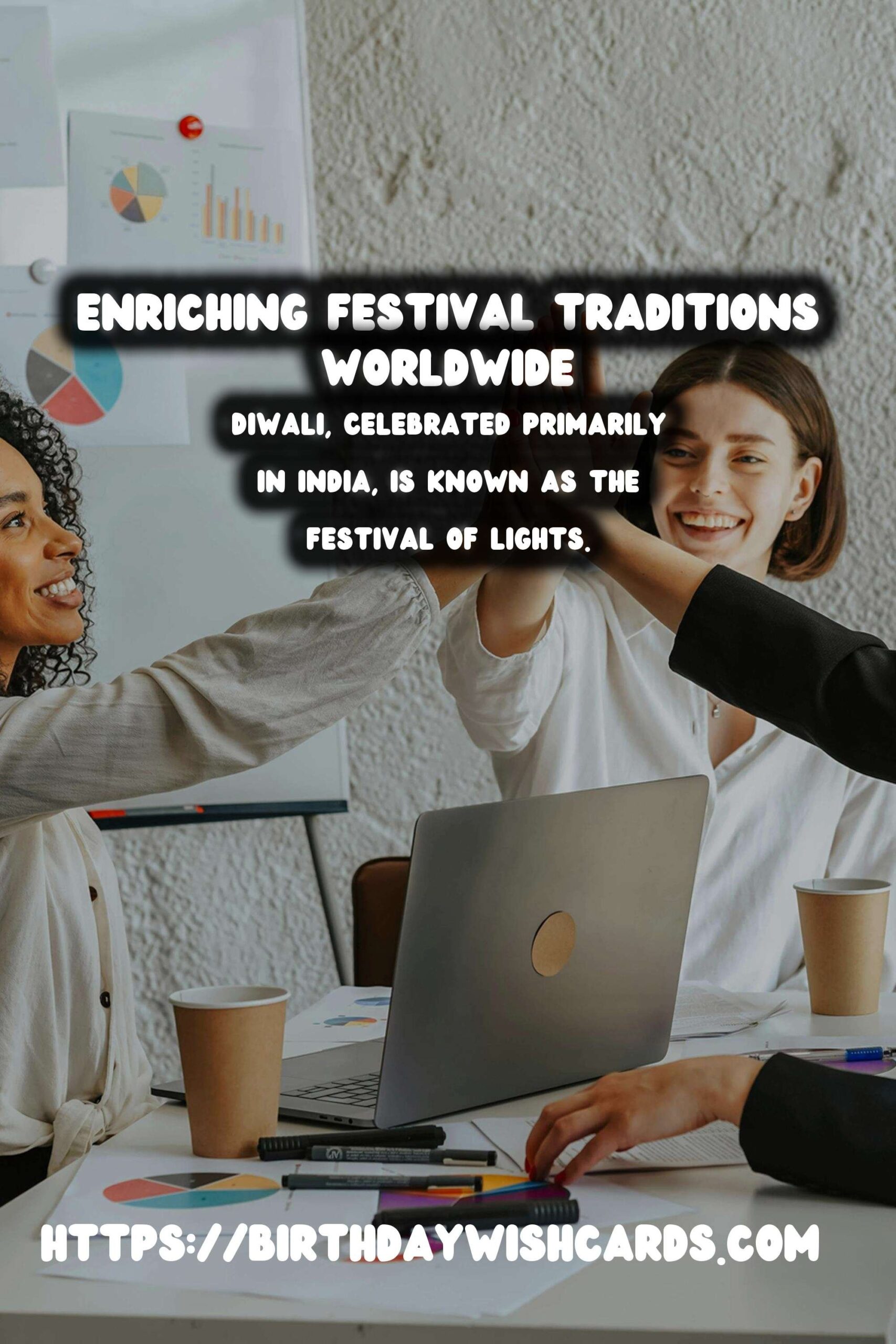
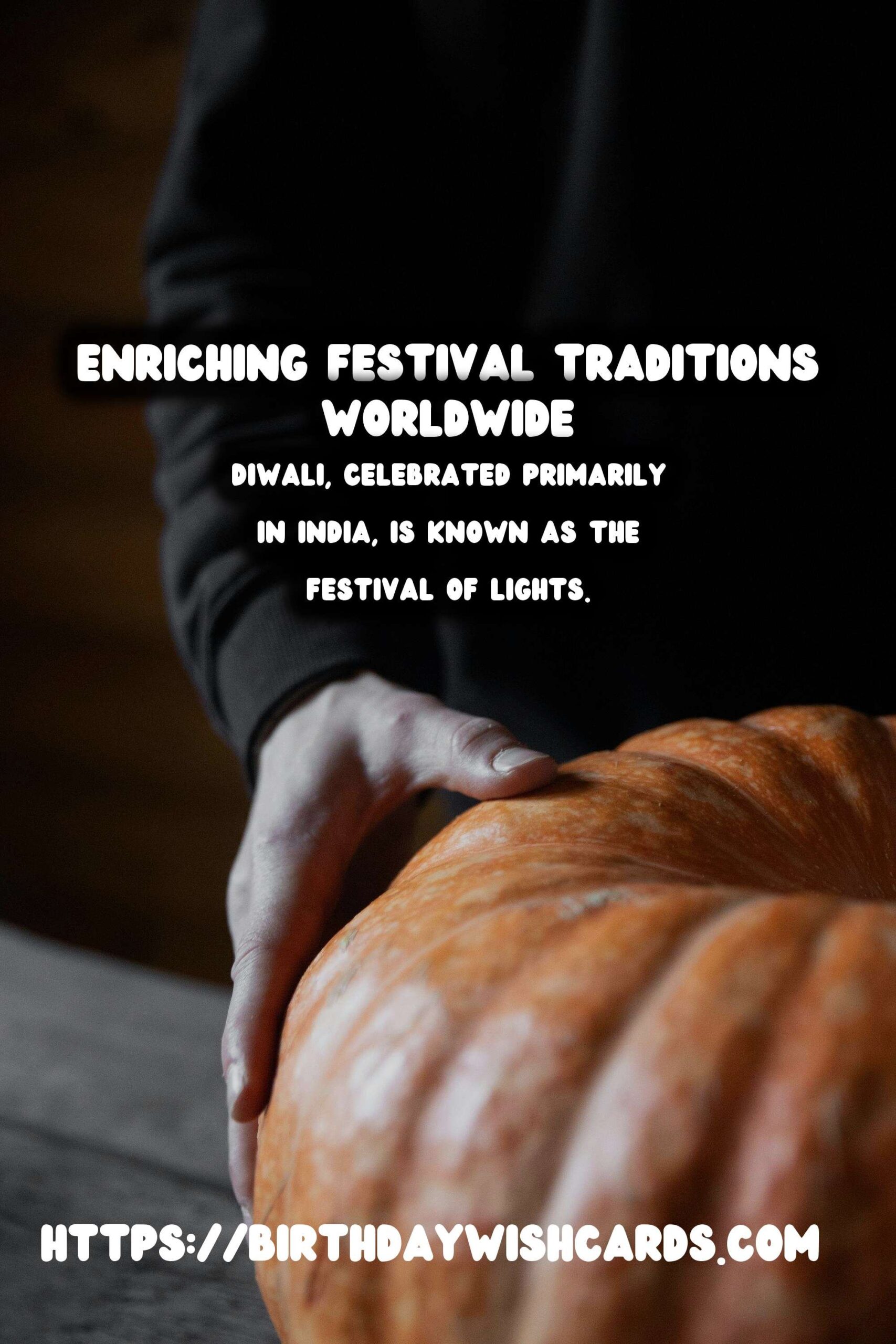
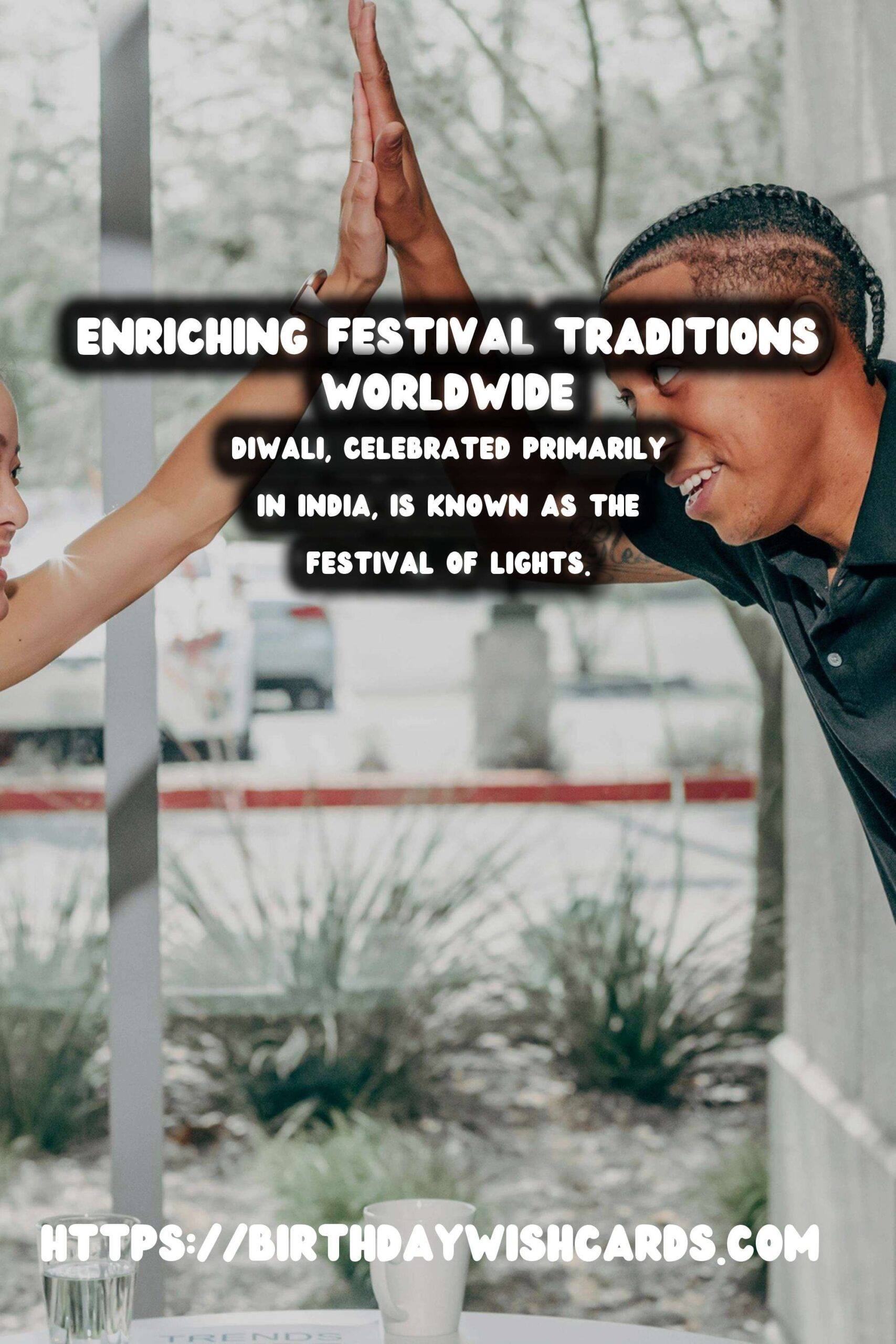
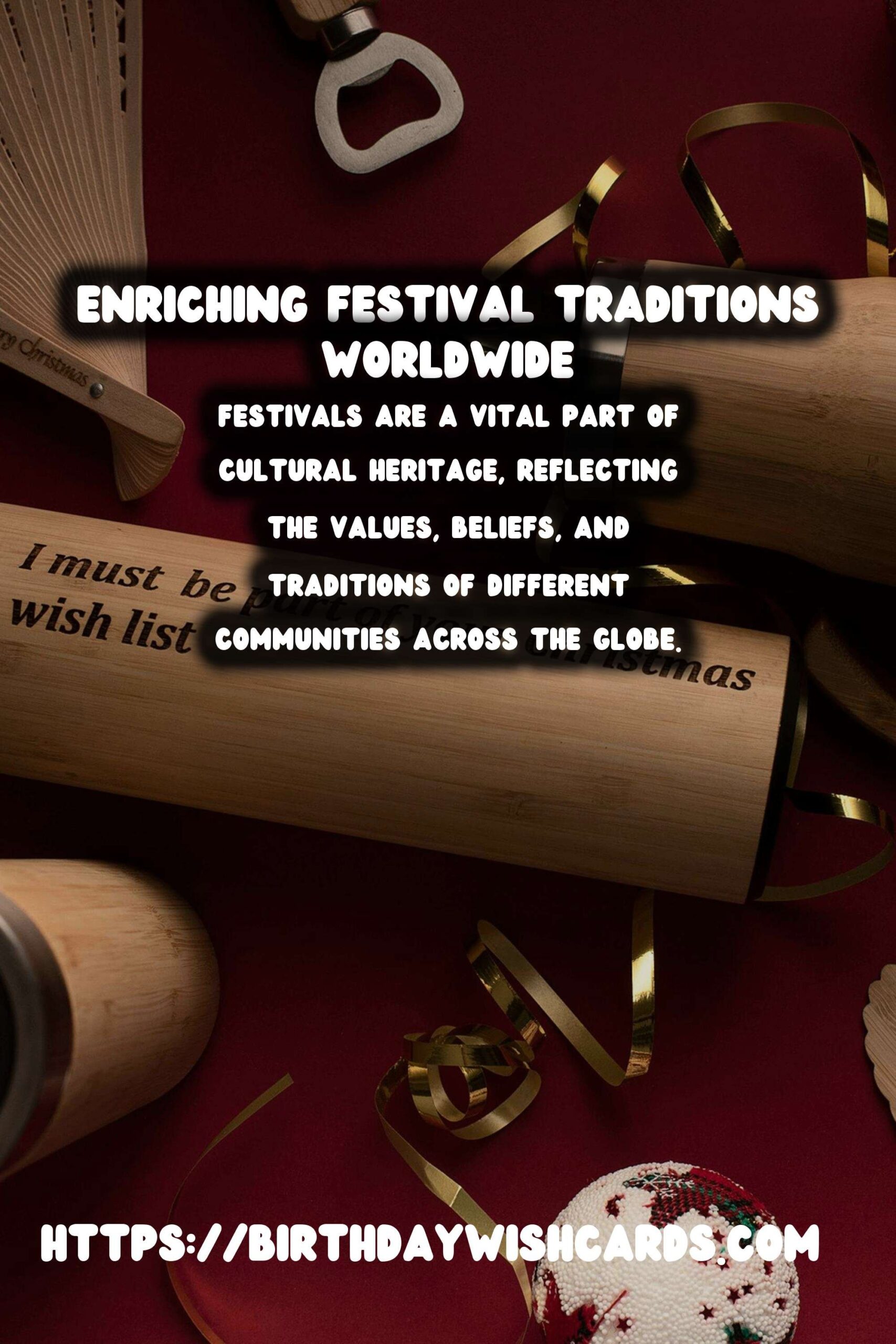
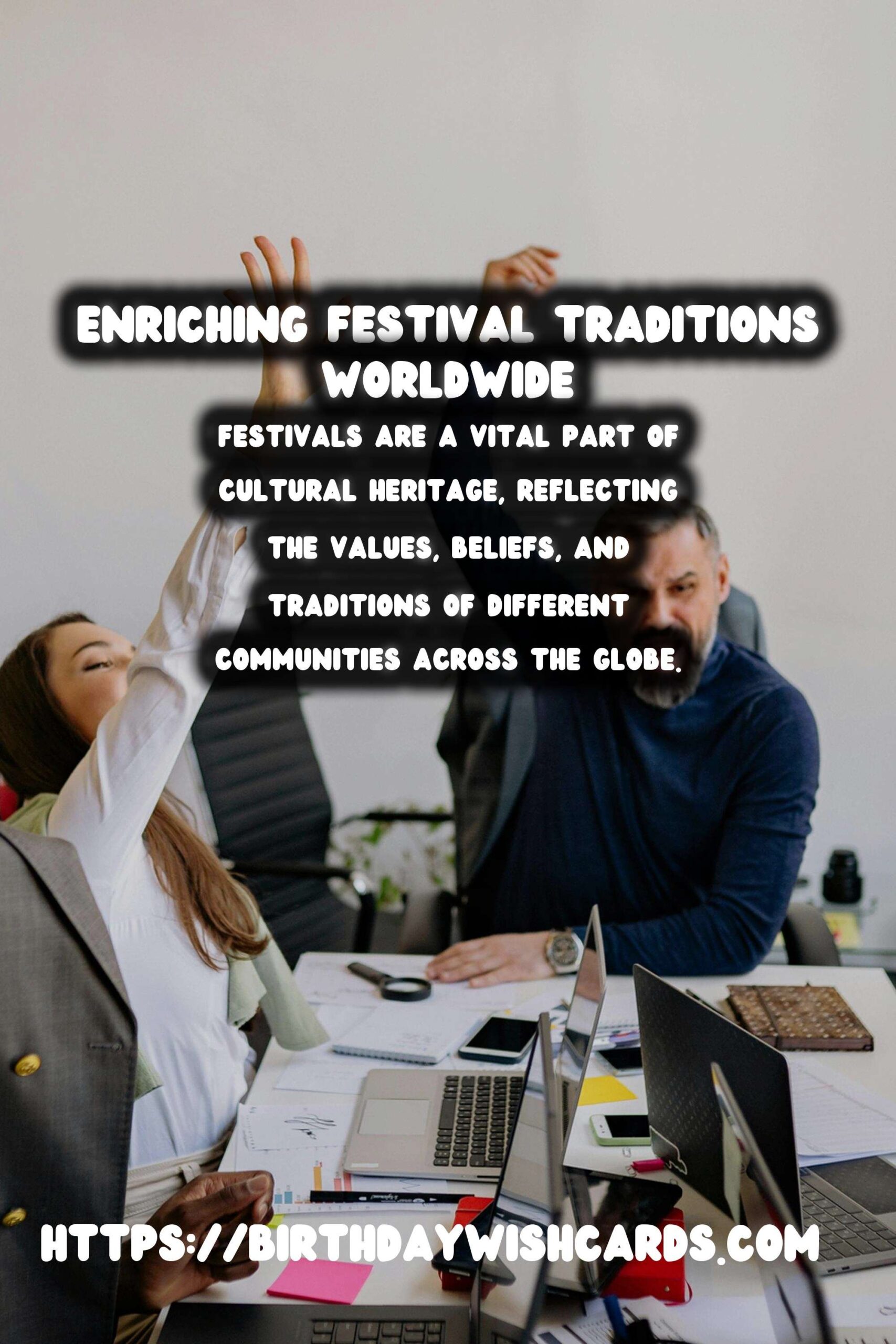
#festivals #traditions #culturalheritage #diversity #celebration


